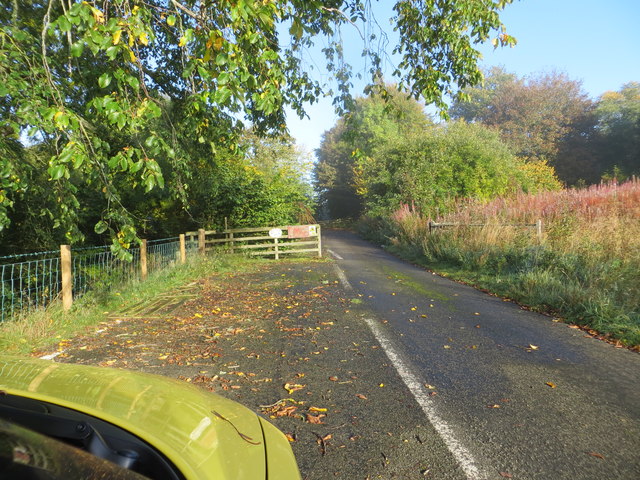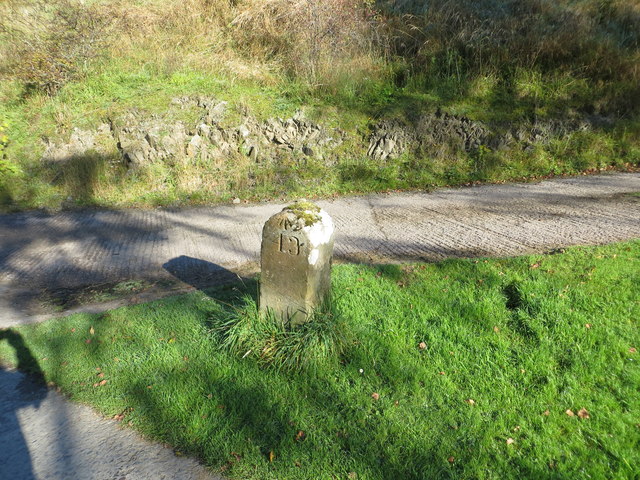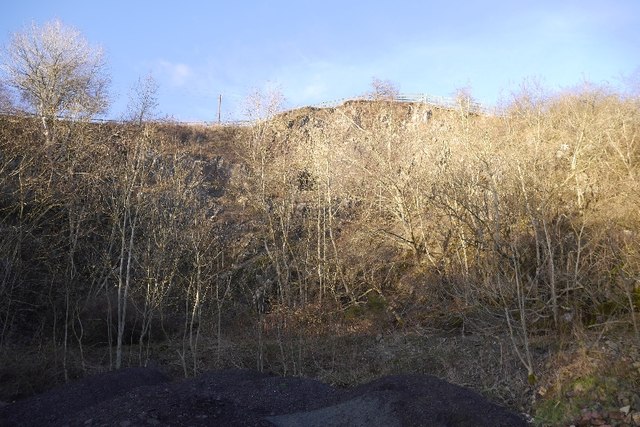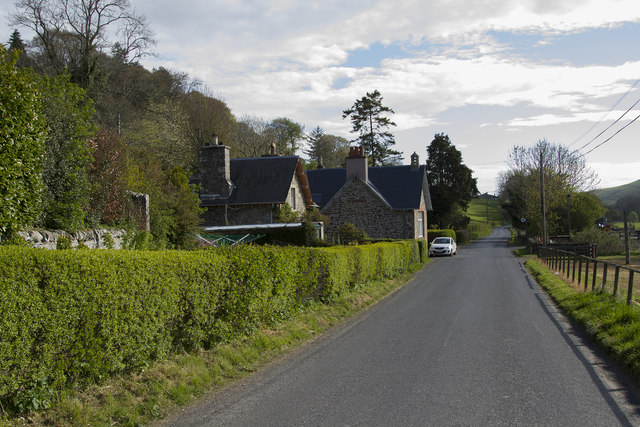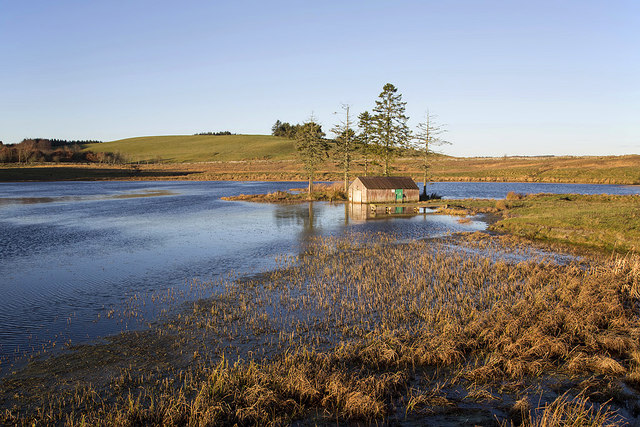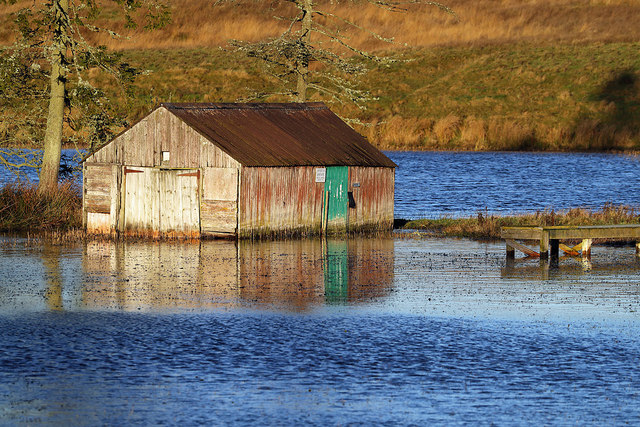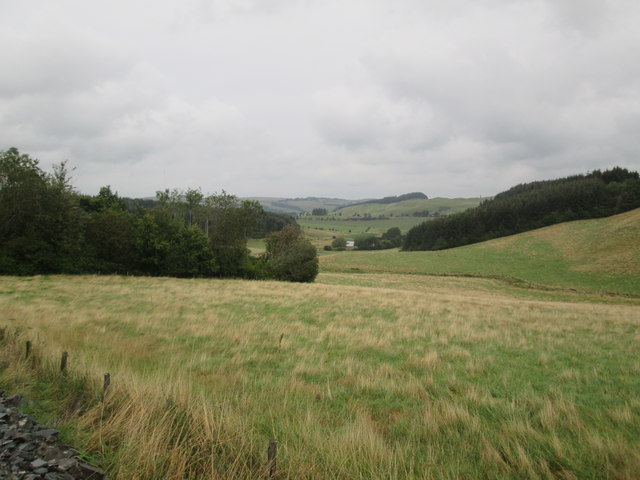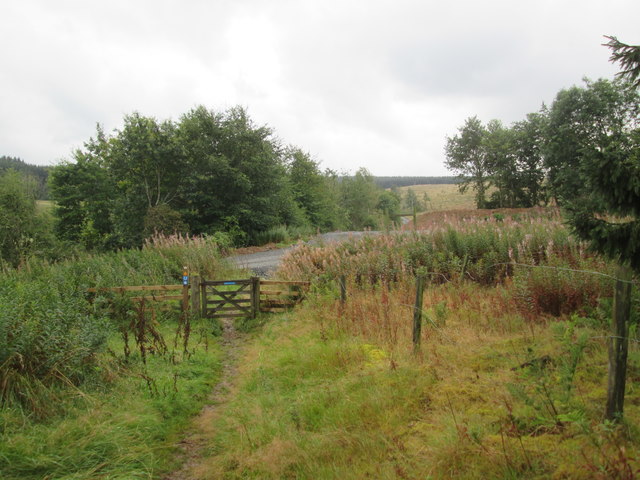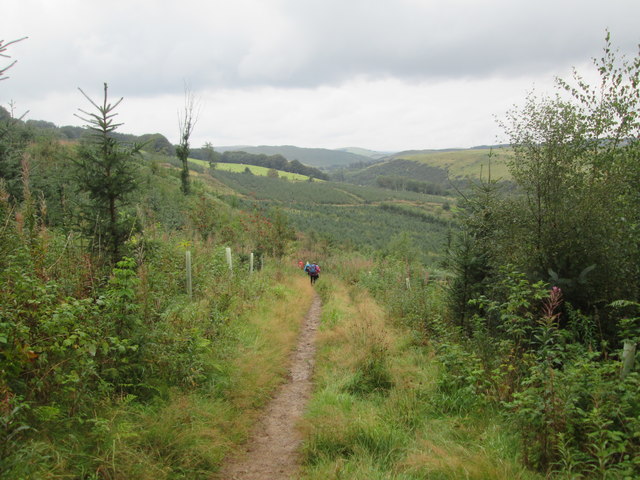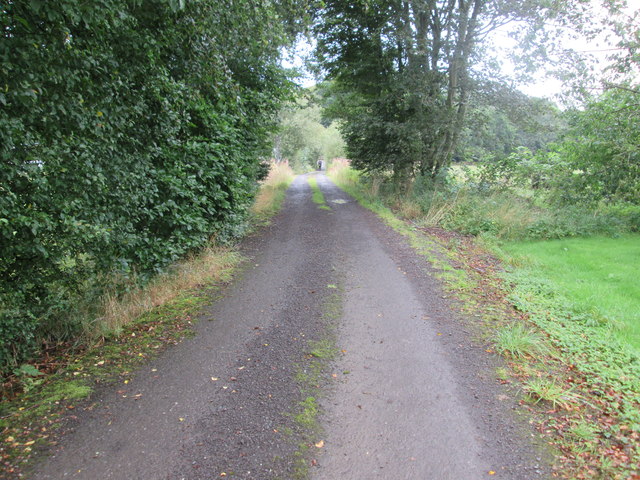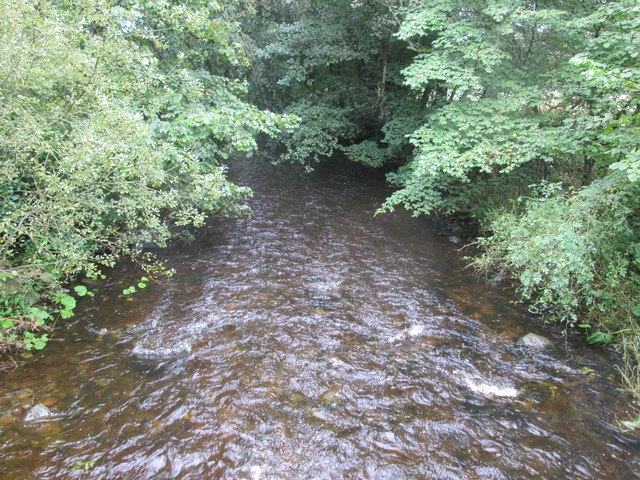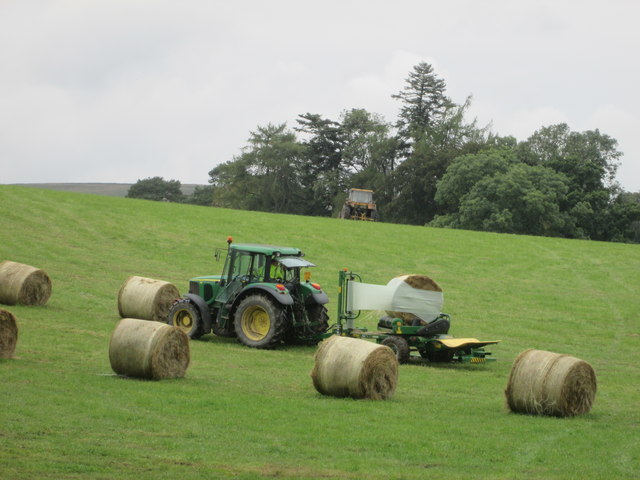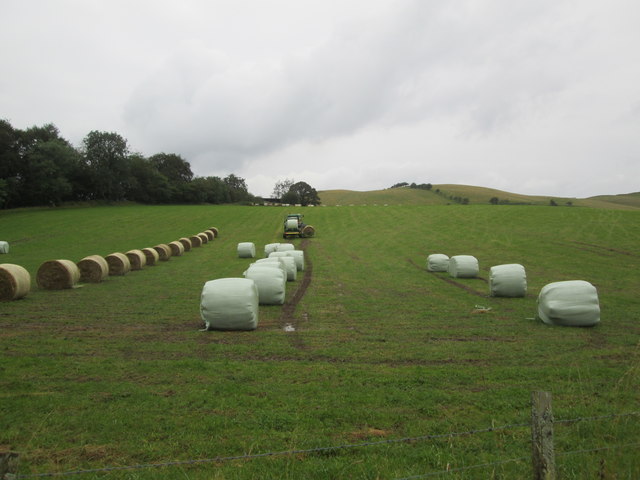Trap Plantation
Wood, Forest in Roxburghshire
Scotland
Trap Plantation
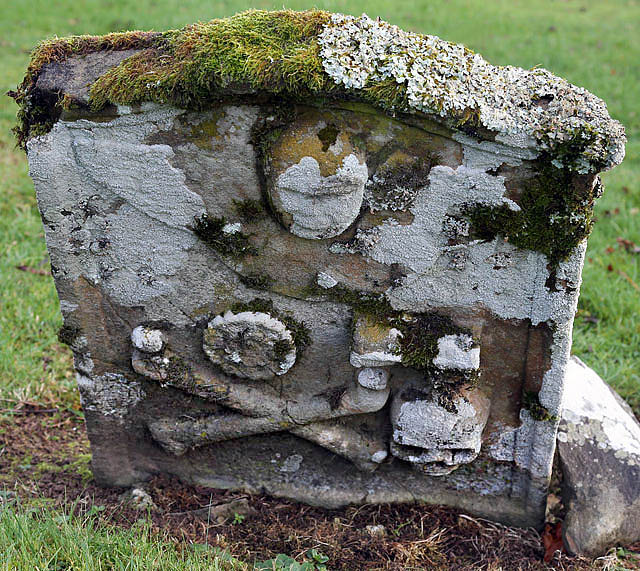
Trap Plantation is a sprawling woodland located in Roxburghshire, Scotland. Covering a vast area of land, it is predominantly known for its dense forest and impressive variety of trees, making it an essential destination for nature enthusiasts and outdoor lovers.
The plantation boasts a diverse mix of tree species, including oak, beech, birch, and Scots pine, which create a vibrant tapestry of colors throughout the year. These trees provide a haven for a plethora of wildlife, such as red squirrels, roe deer, and various bird species, making it an excellent spot for birdwatching and animal spotting.
Visitors to Trap Plantation can explore its extensive network of well-maintained trails, which offer breathtaking views and opportunities for peaceful walks. These trails cater to all levels of fitness, with options for short strolls or longer hikes. The plantation is also home to several picnic areas, providing a perfect setting for family outings or relaxing breaks amidst the picturesque surroundings.
In addition to its natural beauty, Trap Plantation holds historical significance. The area was once used for oak timber production, playing a crucial role in Scotland's shipbuilding industry. This rich past is still evident today, with remnants of old sawmills and timber yards scattered throughout the woodland.
Overall, Trap Plantation in Roxburghshire is a treasured natural gem, offering a tranquil escape from the hustle and bustle of everyday life. With its stunning forest, diverse wildlife, and historical charm, it is a must-visit destination for those seeking to immerse themselves in the beauty of nature.
If you have any feedback on the listing, please let us know in the comments section below.
Trap Plantation Images
Images are sourced within 2km of 55.49156/-2.8273972 or Grid Reference NT4722. Thanks to Geograph Open Source API. All images are credited.

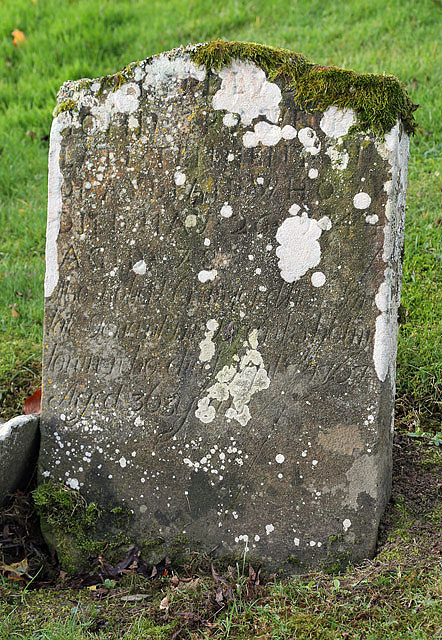
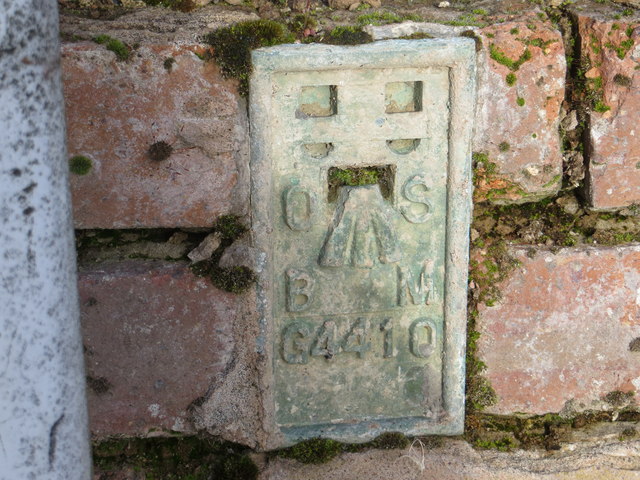
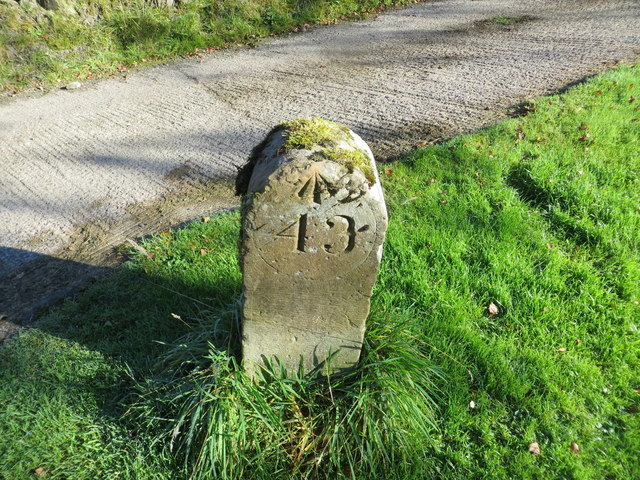
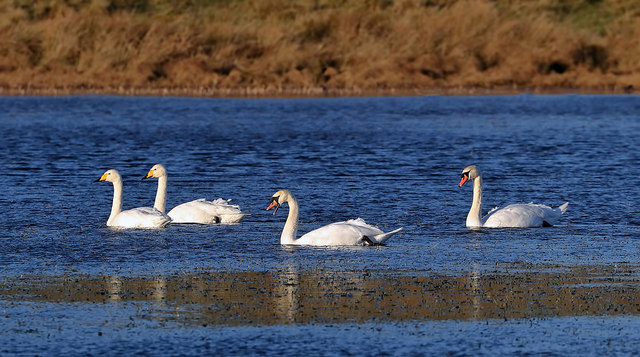
Trap Plantation is located at Grid Ref: NT4722 (Lat: 55.49156, Lng: -2.8273972)
Unitary Authority: The Scottish Borders
Police Authority: The Lothians and Scottish Borders
What 3 Words
///costumed.cocoons.herb. Near Selkirk, Scottish Borders
Nearby Locations
Related Wikis
Woll
Woll is a village on the Ale Water, off the A7, in the Ettrick Forest, north of Hawick, and south of Selkirk in the Scottish Borders area of Scotland....
Ashkirk
Ashkirk is a small village on the Ale Water, in the Scottish Borders area of Scotland. It is located just off the A7 road, approximately 6 miles (10 kilometres...
Salenside
Salenside is a village off the A7, on the Ale Water, near Ashkirk, in the Scottish Borders area of Scotland, in the former Selkirkshire. There was a Salenside...
Bowismiln
Bowismiln is a village in the Scottish Borders area of Scotland. == See also == List of places in the Scottish Borders List of places in Scotland ��2...
Nearby Amenities
Located within 500m of 55.49156,-2.8273972Have you been to Trap Plantation?
Leave your review of Trap Plantation below (or comments, questions and feedback).
